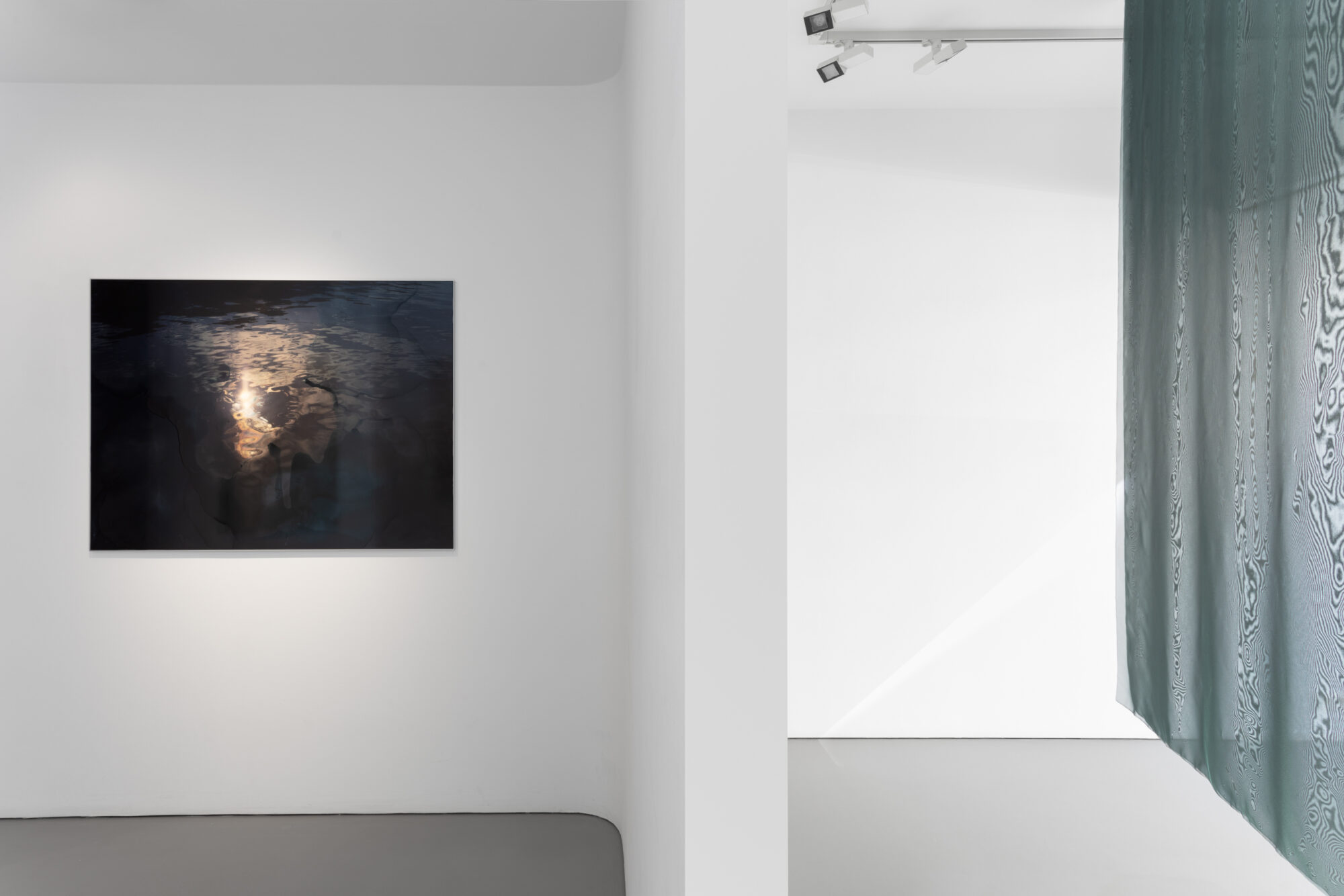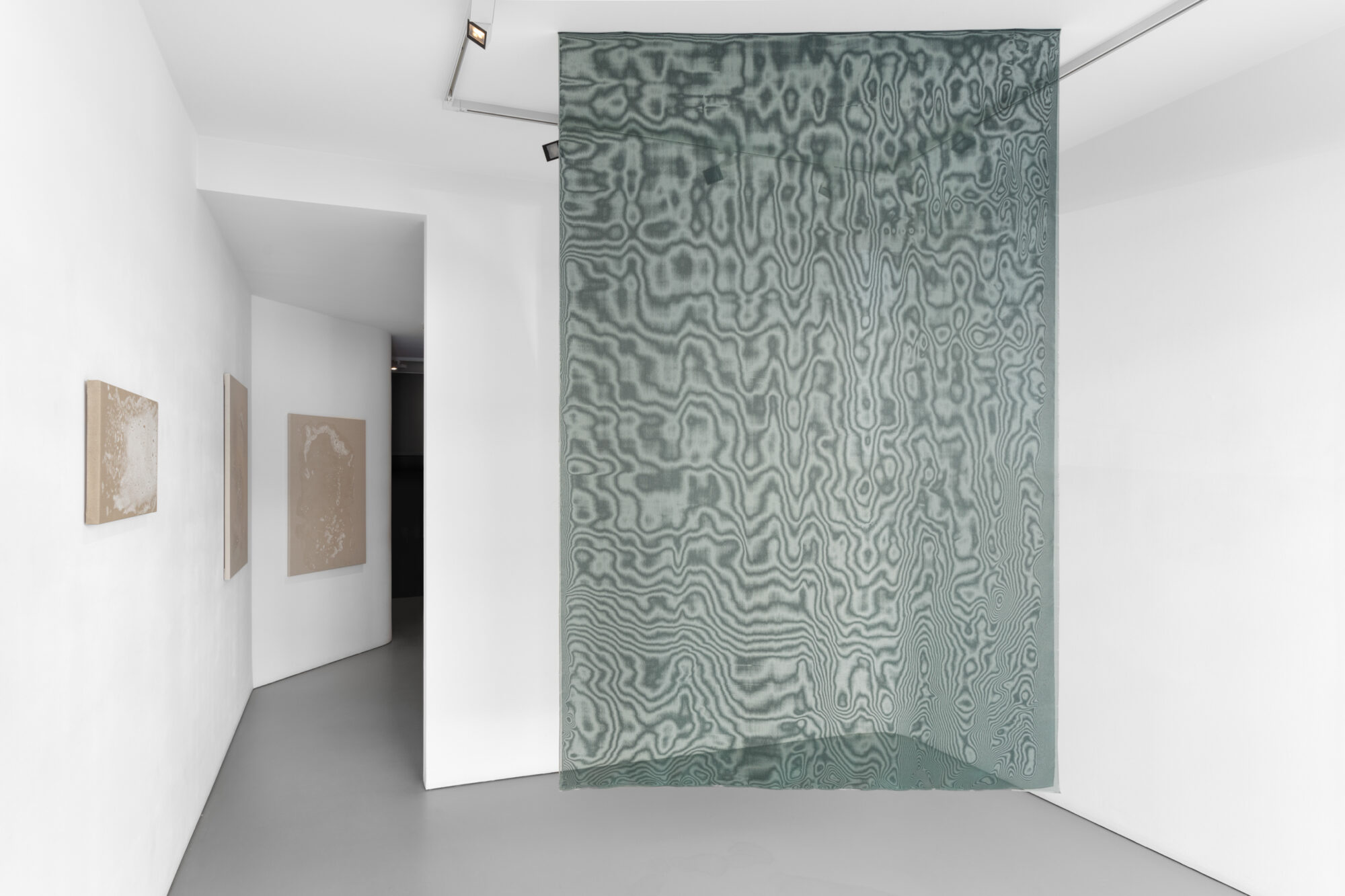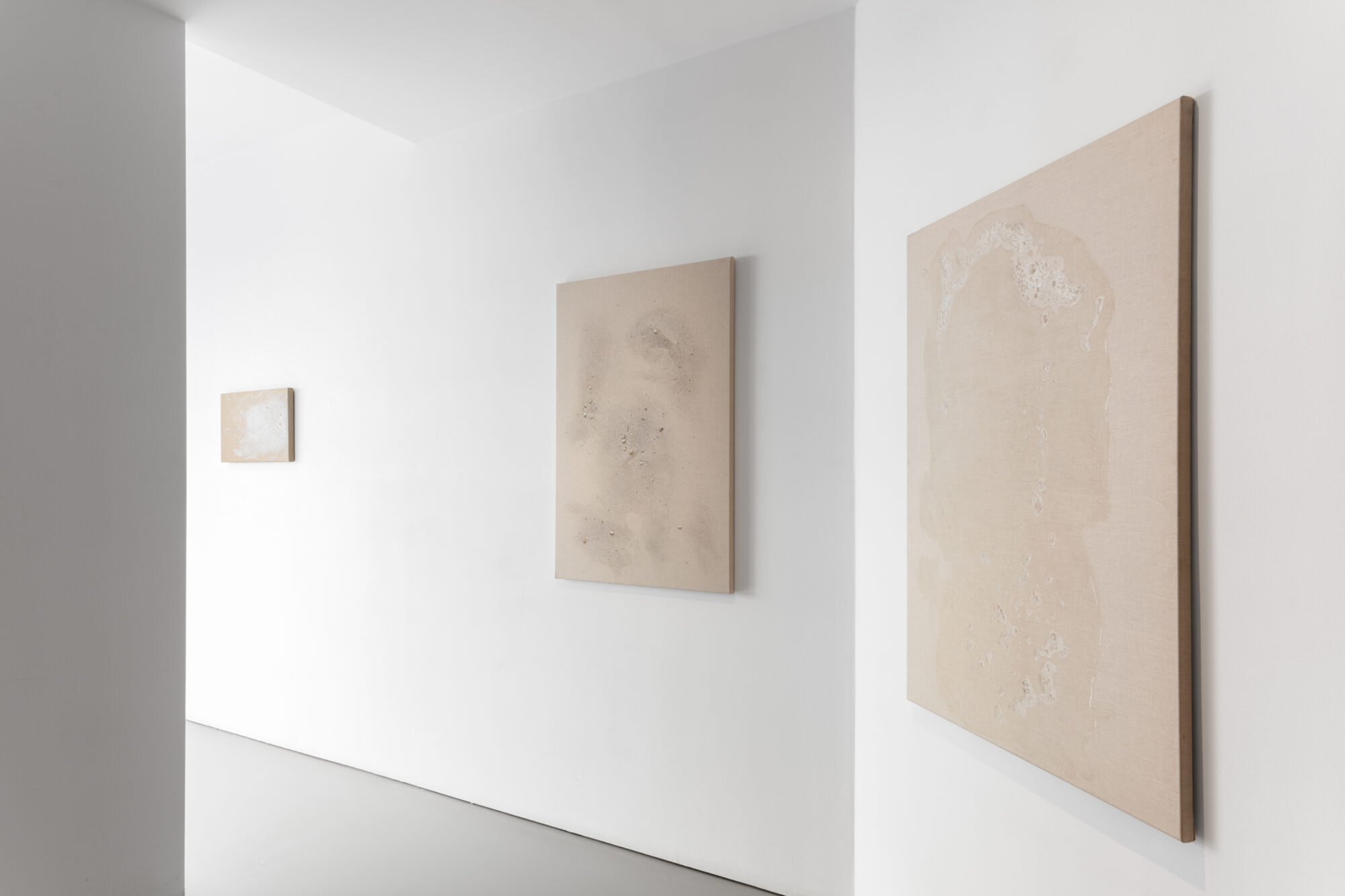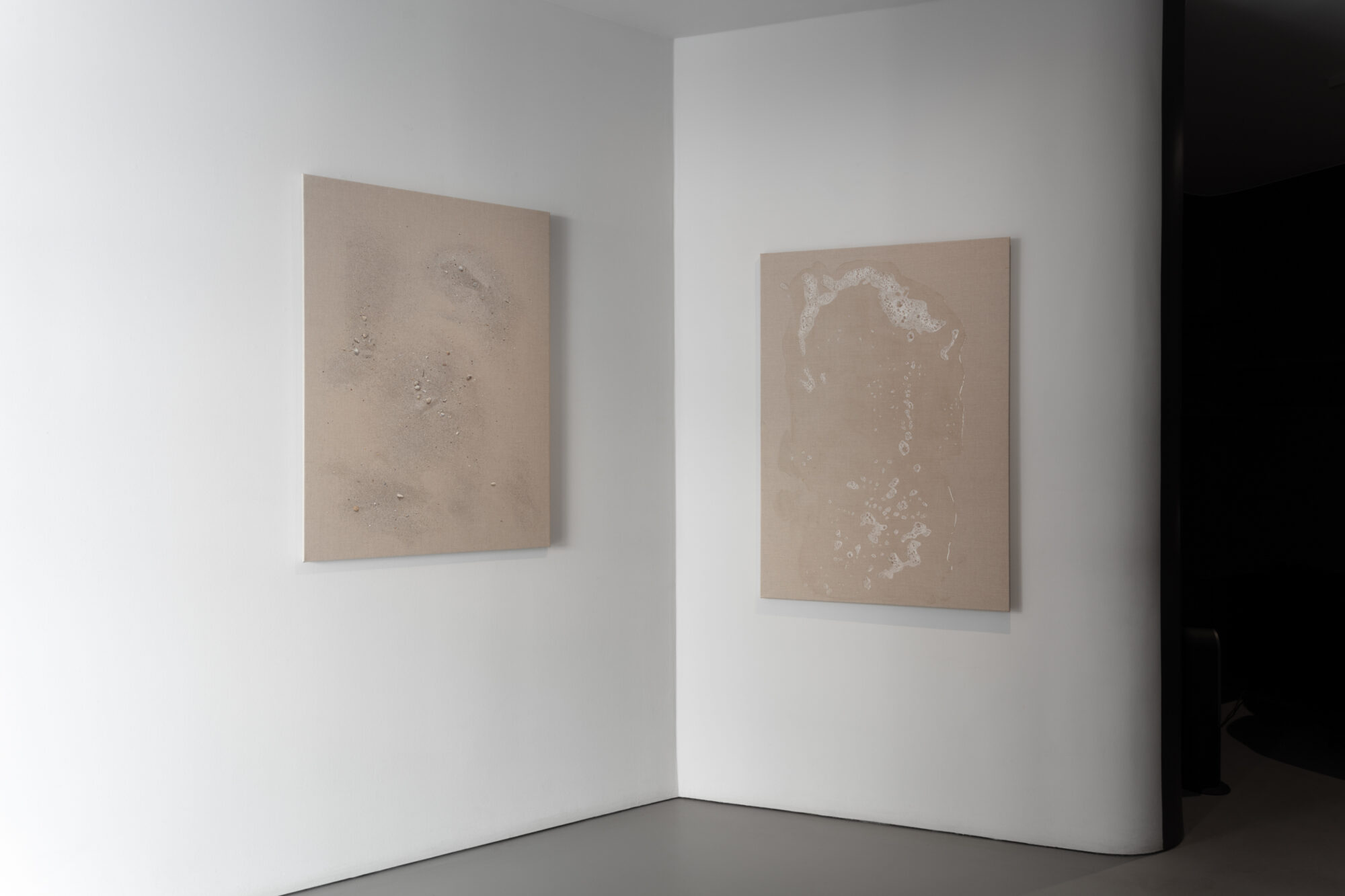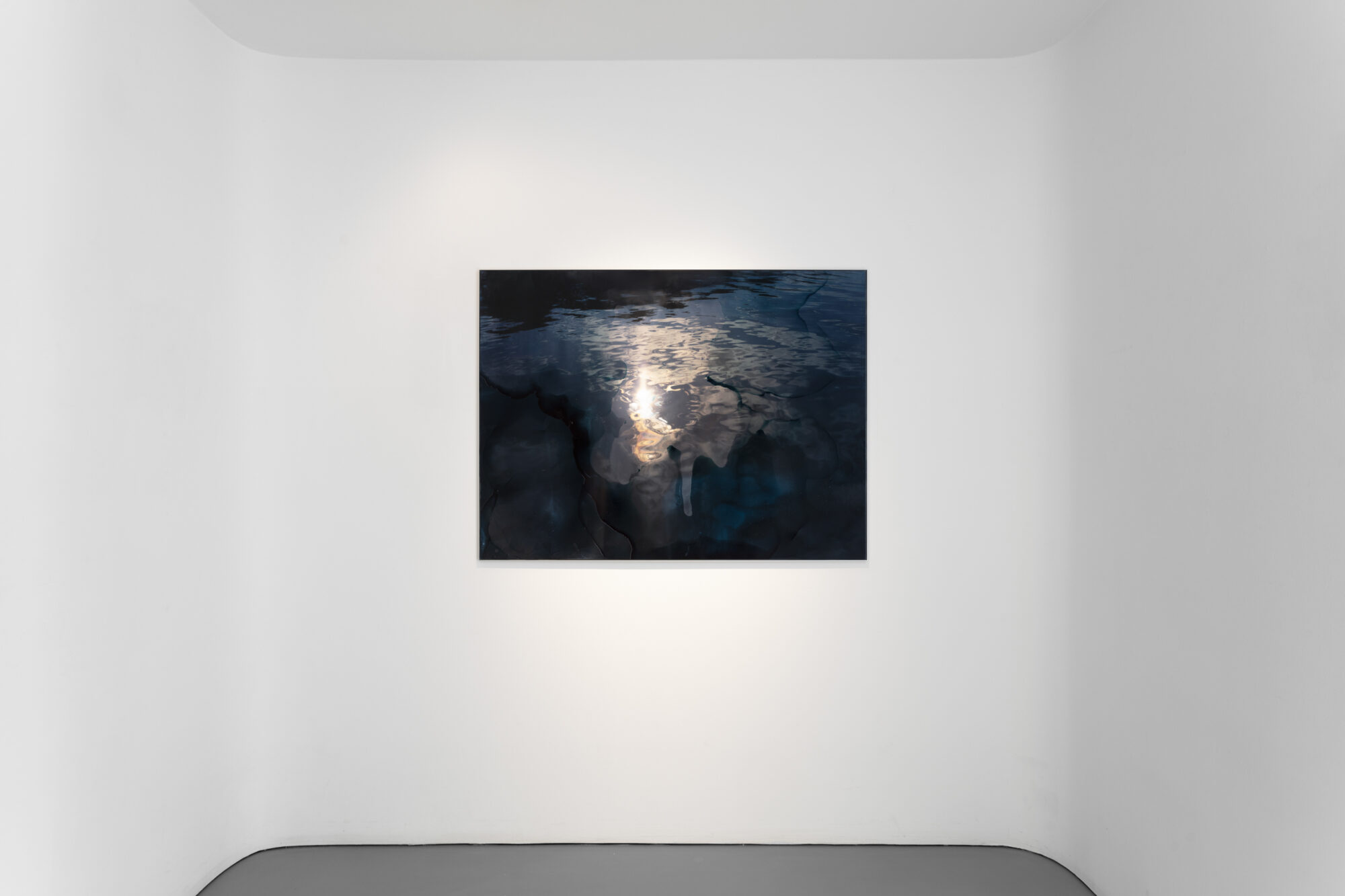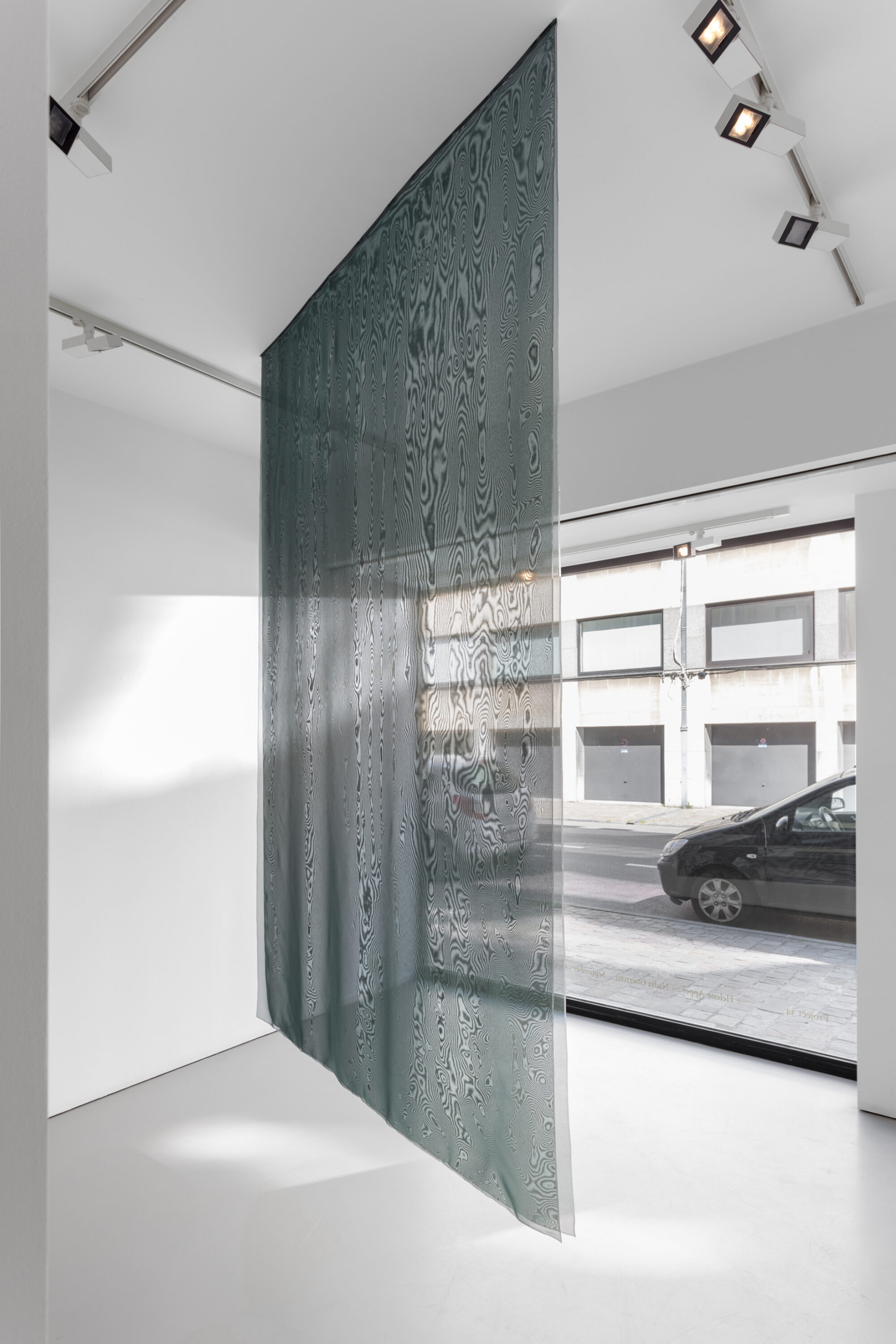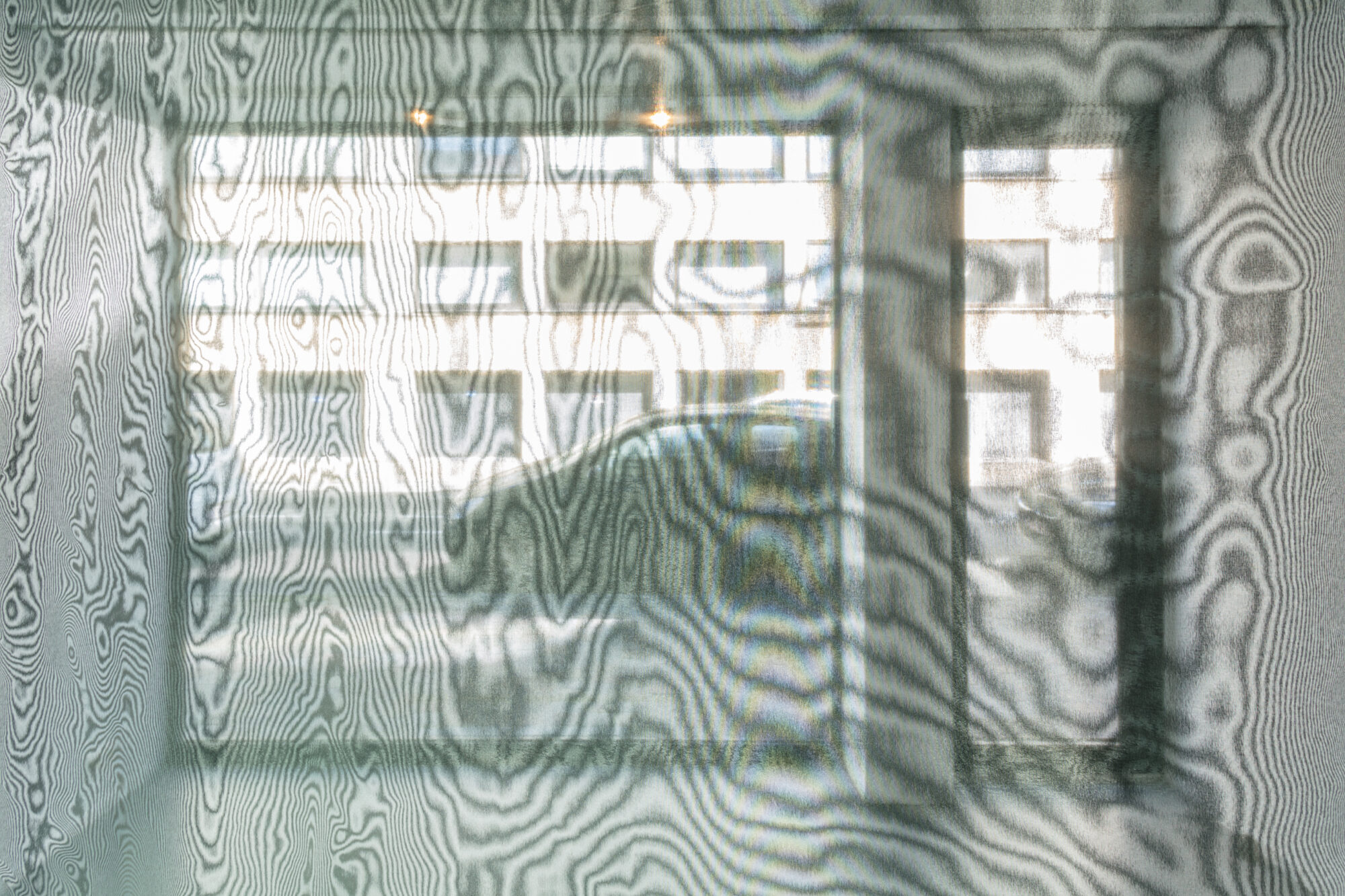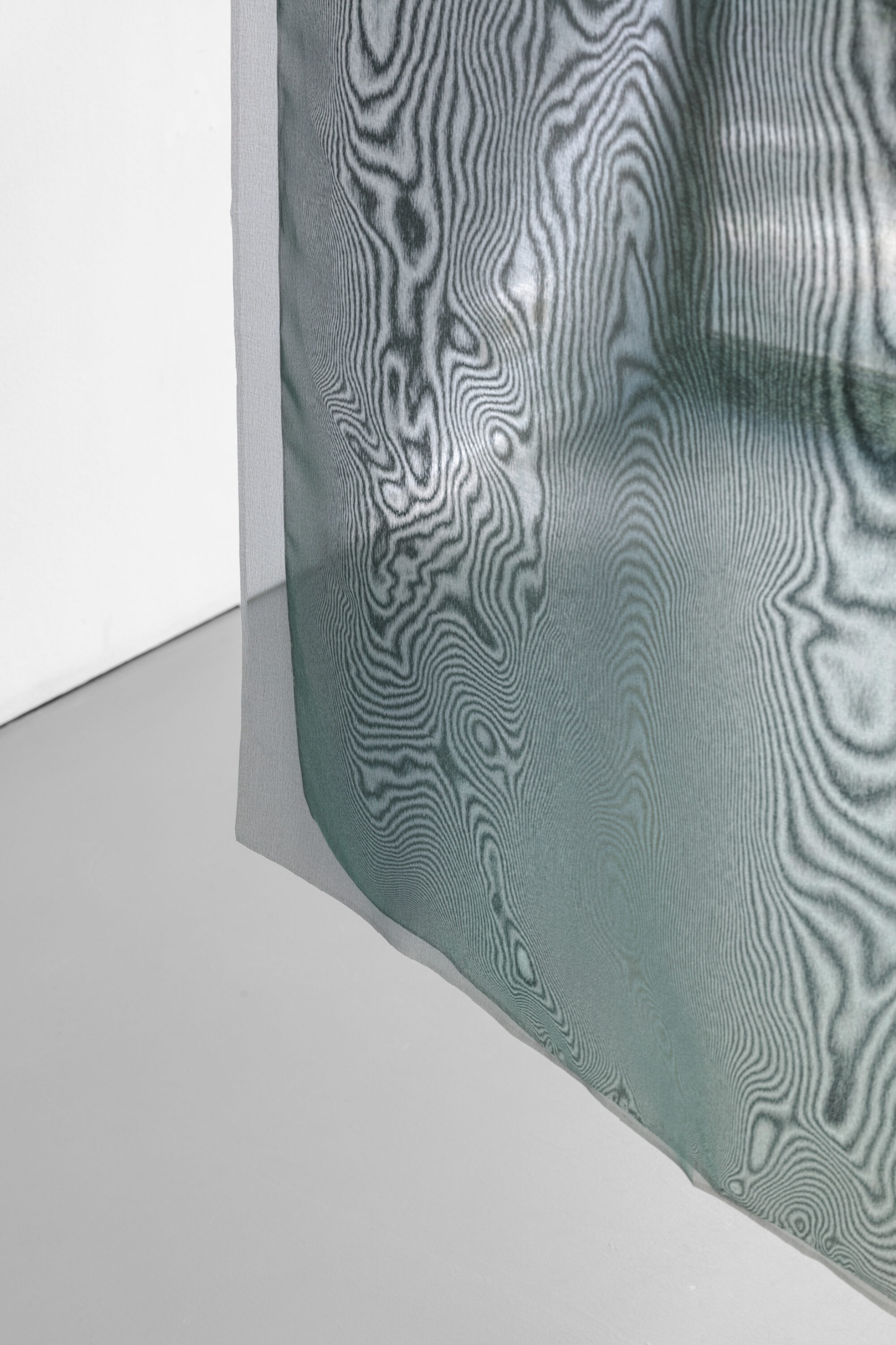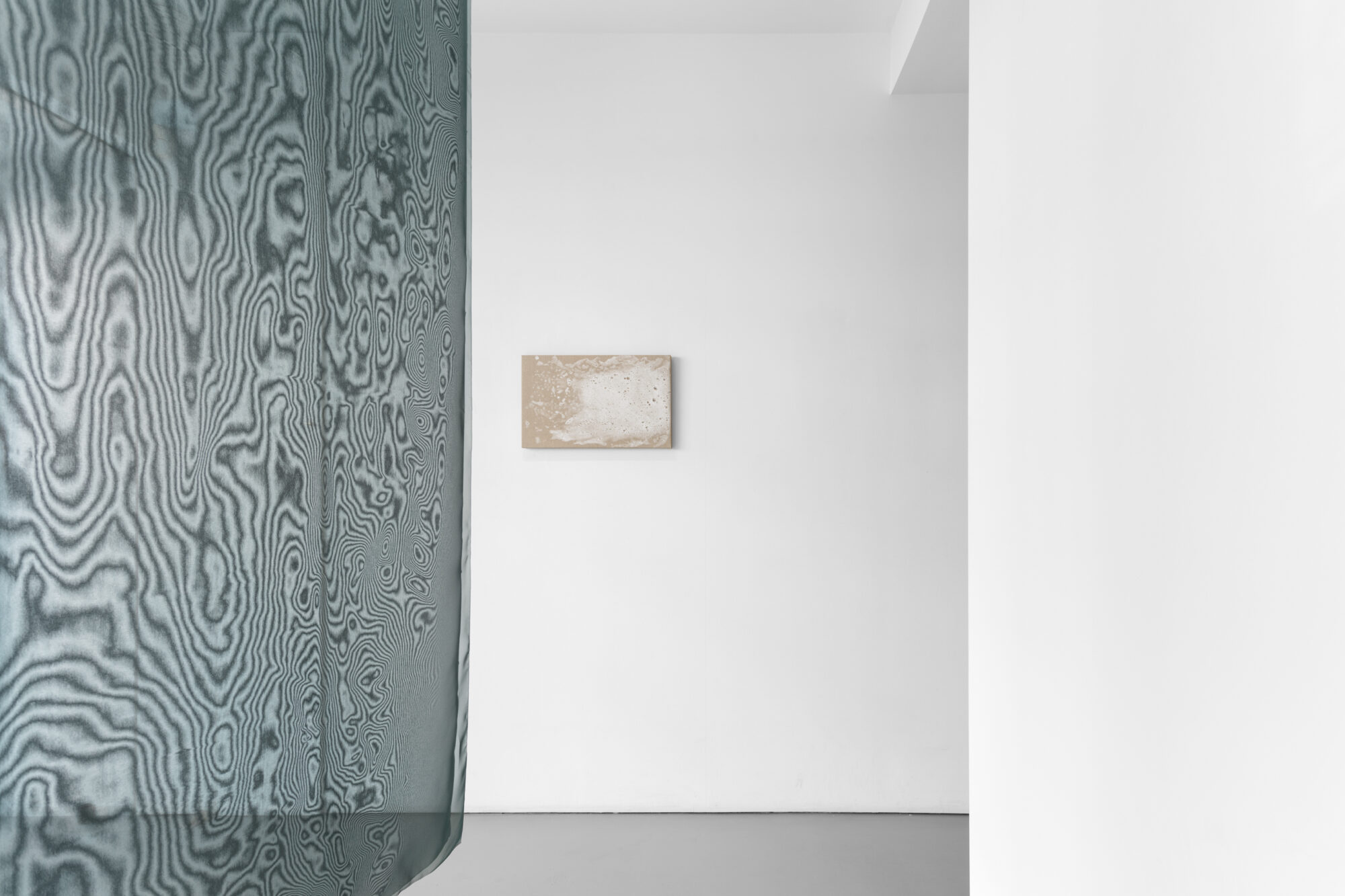Helene Appel >< Nadia Guerroui
Mount Analogue describes an expedition undertaken by a group of mountaineers to travel to and climb the titular Mount Analogue, an enormous mountain on a surreal continent which is invisible and inaccessible to the outside world, and which can only be perceived by the application of obscure knowledge. In his 1952 novel, René Daumal outlines that “for a mountain to play the role of Mount Analogue its summit must be inaccessible but its base accessible to human beings as nature has made them. It must be unique and it must exist geographically. The door to the invisible must be visible. It must be unique and it must exist somewhere in the real world— the gateway to the invisible must be visible.” That tendency to stay out of reach the same way the inframince (1) does is what Edith Doove develops in her more recent research (2).
Helene Appel and Nadia Guerroui’s works act as gateways. Simultaneously entry and exit points, they are the nodes connecting previously unconnected matrices. In their attempts at fixing that very moment (for Appel) and these very moments (for Guerroui), the artists both reflect on Marcel Duchamps’ notes on the inframince - or infra-thin. The exhibition aims to reinforce the ephemeral and ungraspable qualities .
By detaching herself completely from the tradition of still life, Appel carefully seeks a unique mode of expression for each of her pictorial subjects, emphasizing their physical presence against the linen ground. That tension lying in the contrast between the raw canvas and the perfectly depicted subjects operates the same way as the tension within and around Guerroui’s works, drawing us further into a transformative world of shifting perceptions. In that sense, both Appel and Guerroui’s works are questioning how we engage with our environment.
Appel’s practice decontextualizes her subjects. Her images don’t seem to transport a message. The art of painting itself becomes the subject. Even though the results are closer to hyperrealism, the performative act of painting crosses paths with Guerroui’s creative process.
Rosanna McLaughlin discusses Appel’s aesthetic austerity and her preference for depicting objects shorn of unwanted connotation (3). She writes that “stripping out unnecessary connotations or irregularities” is a guiding principle of the act of painting . McLaughlin’s mention of how philosopher Mark Fischer talks about our pathological “inability to pay attention” (4) brings us back to some common focus of both artists.
The first layer of Guerroui’s work, To hold on and to let go (2023) is a photograph of the surface of a lake. The pool’s reflection captures the sun and the clouds as the light of its surface merges with movement in its depths. The second layer is composed of a pigment mixture poured directly onto the print’s surface. Guerroui uses only the tilt of the work’s upward facing surface to manipulate the flow of material. Her gesture is a combinatory process of control and hazard, predictability and unpredictability.
Guerroui’s ongoing series titled Friction in Plain Sight, first shown in 2020, employs textiles at an architectural scale, blurring the limits between foreground and background and between the artwork and its environment. These thin/gracile veils assume their autonomy by distancing themselves from any wall; it is revealed by the iridescence and the moiré undulatory drawing resulting from the superpositioning of two wefts. The subtle evanescence of the surface vibration varies according to the angle of view, the intensity of the light and the movement of air, sometimes induced by the passage of bodies.
The foam on the sand, the surface of the lake. Rooted in their material and subjects, there is almost an ecological process produced in the relations between the work of the artists and their/our environment. Flickering and oscillations bring out minimal changes among the elements, connoting a liminality that emphasizes the commitment of the gesture involved.
What curator Lara Pan pointed to in Guerroui’s work can be applied to Appel’s practice, when she writes that “the choice of ephemeral, natural, and affordable materials is not an accident either. Rather, it is intended to create a relationship between the individual and the social, and leave the viewer a space to establish his own vision and understanding of the work”. Pan adds that the simplicity of form in Guerroui’s work itself becomes a primary aesthetic quality itself.
Similarly to one of Mount Analogue’s interpretations—and maybe closer to Saint Exupéry’s Little Prince willing to engage the invisible, secret mysteries of the universe—one might see the suggestion that this very type of inquisitiveness is the key to learning, understanding and spiritual self-elevation.
- Elaine J. Hitchcock Levy
(1) Aesthetic concept coined by Marcel Duchamp designating an imperceptible difference or interval, sometimes only imaginable, between two phenomena.
(2) Edith Doove, Laughter, inframince and cybernetics - Exploring the Curatorial as Creative Act, University of Plymouth, 2017.
(3) Rosanna McLaughlin, Notes on Silence, in Helene Appel, Hatje Cantz, 2022.
(4) Mark Fischer, Postcapitalist Desire: The Final Lectures, London: Repeater Books, 2020.
Helene Appel (*1976, Karlsruhe, Germany) studied at the University of Fine Arts of Hamburg and at London's Royal College of Art. She lives and works in Berlin.
Nadia Guerroui (*1988, Toulouse, France) studied at La Cambre in Brussels. She lives and works in Brussels.
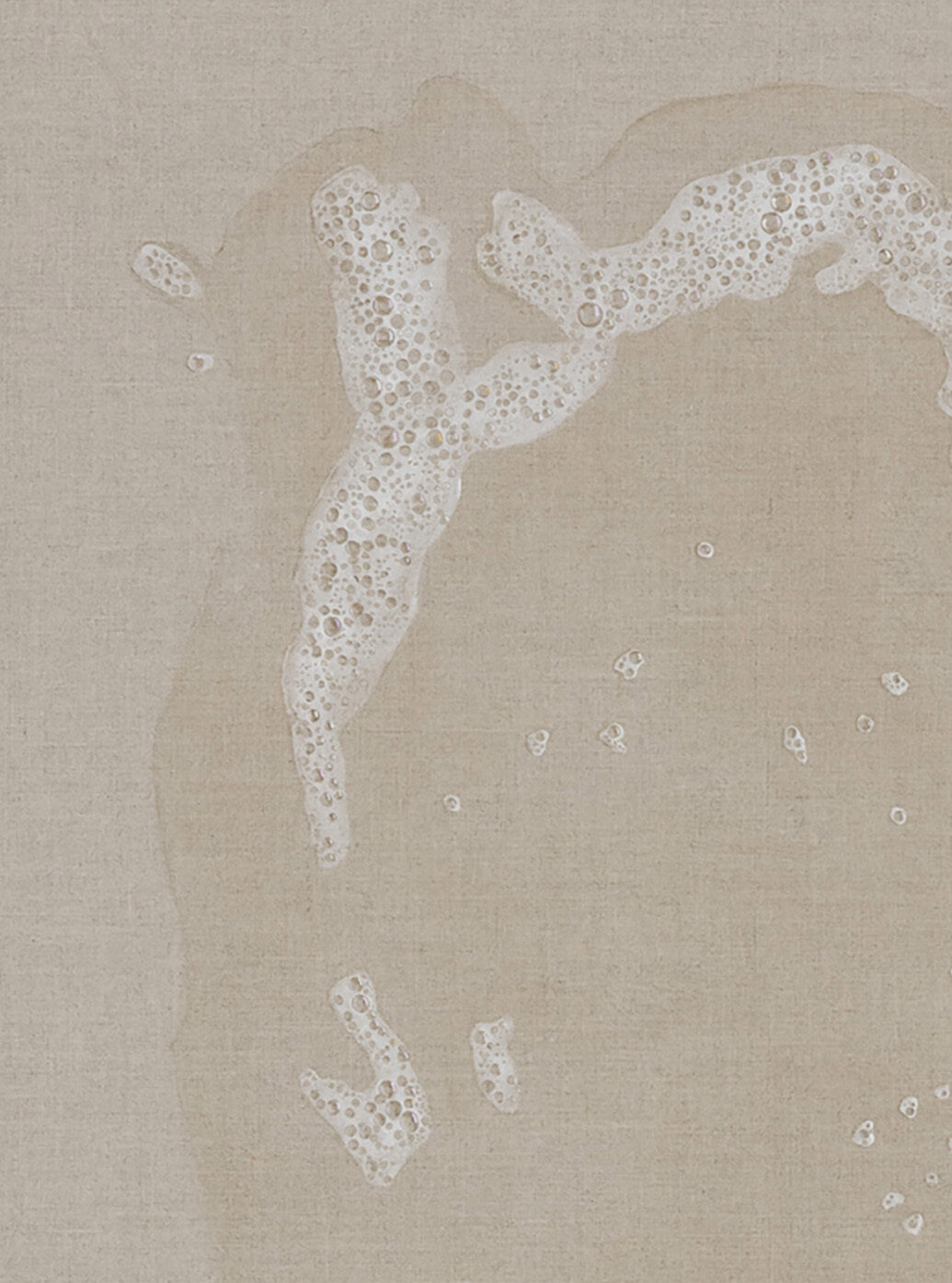
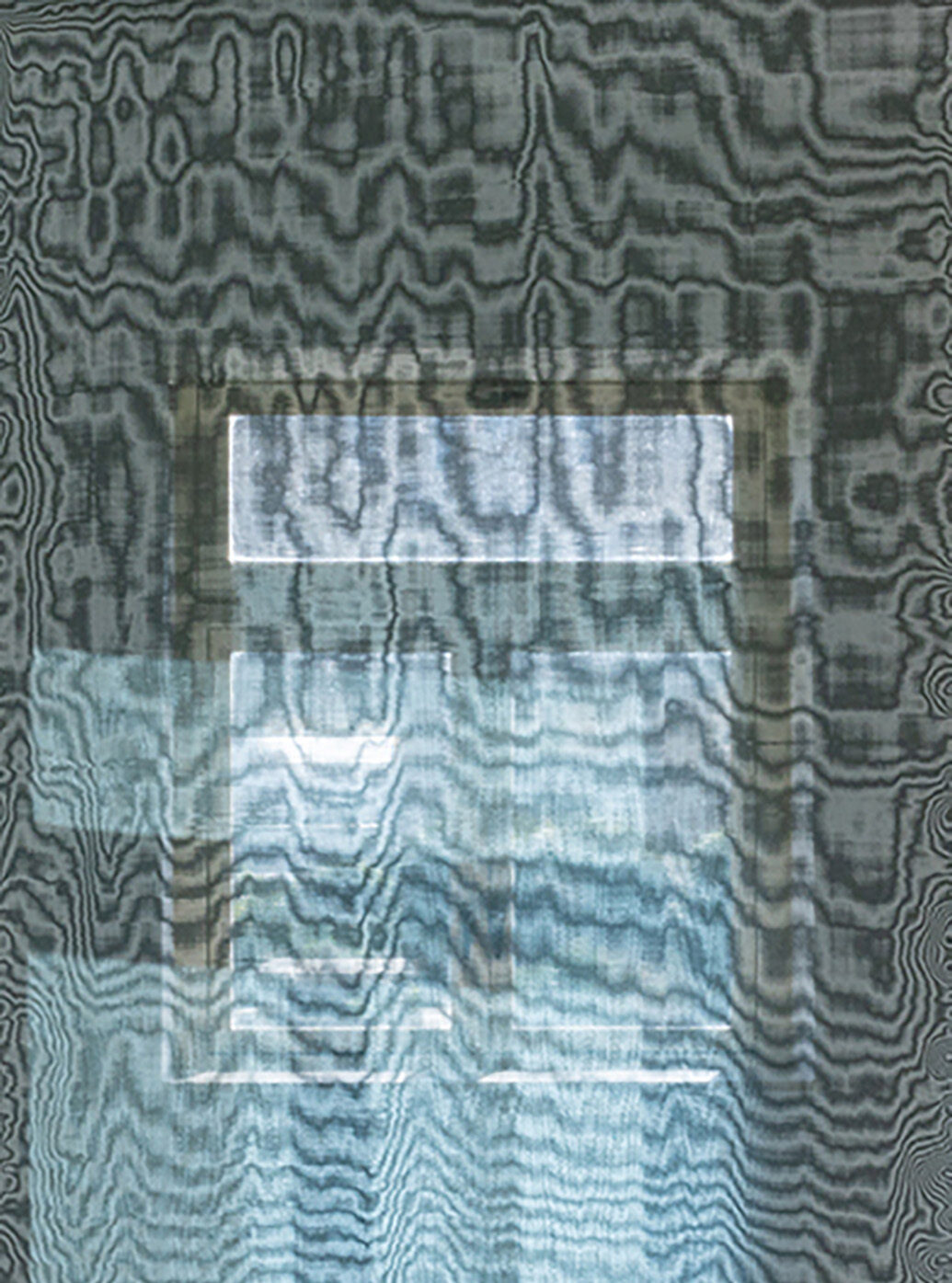
Helene Appel
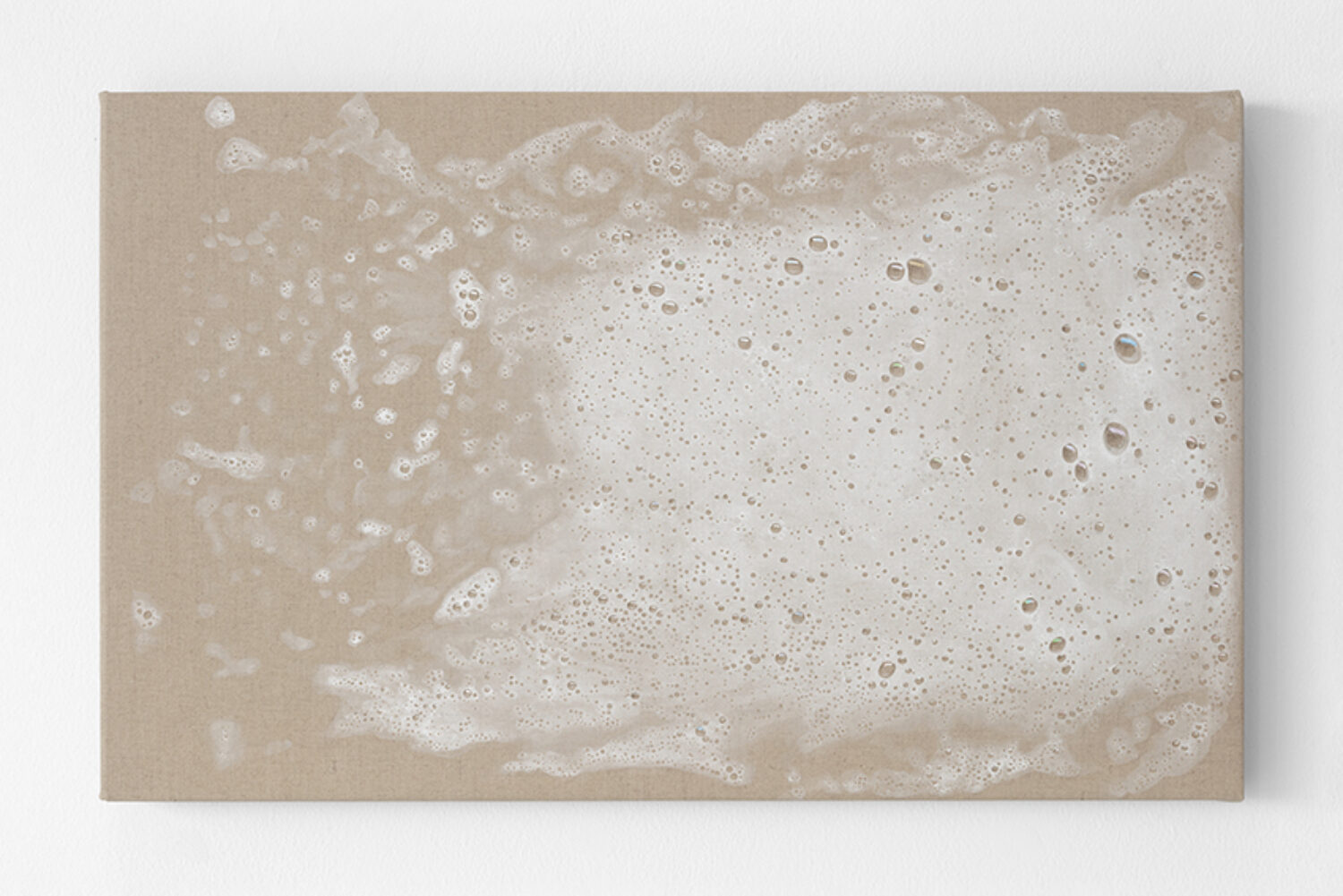
- Schaum, 2023
- acrylic, watercolor, oil, on linen
- 35 x 56.5 cm
Helene Appel
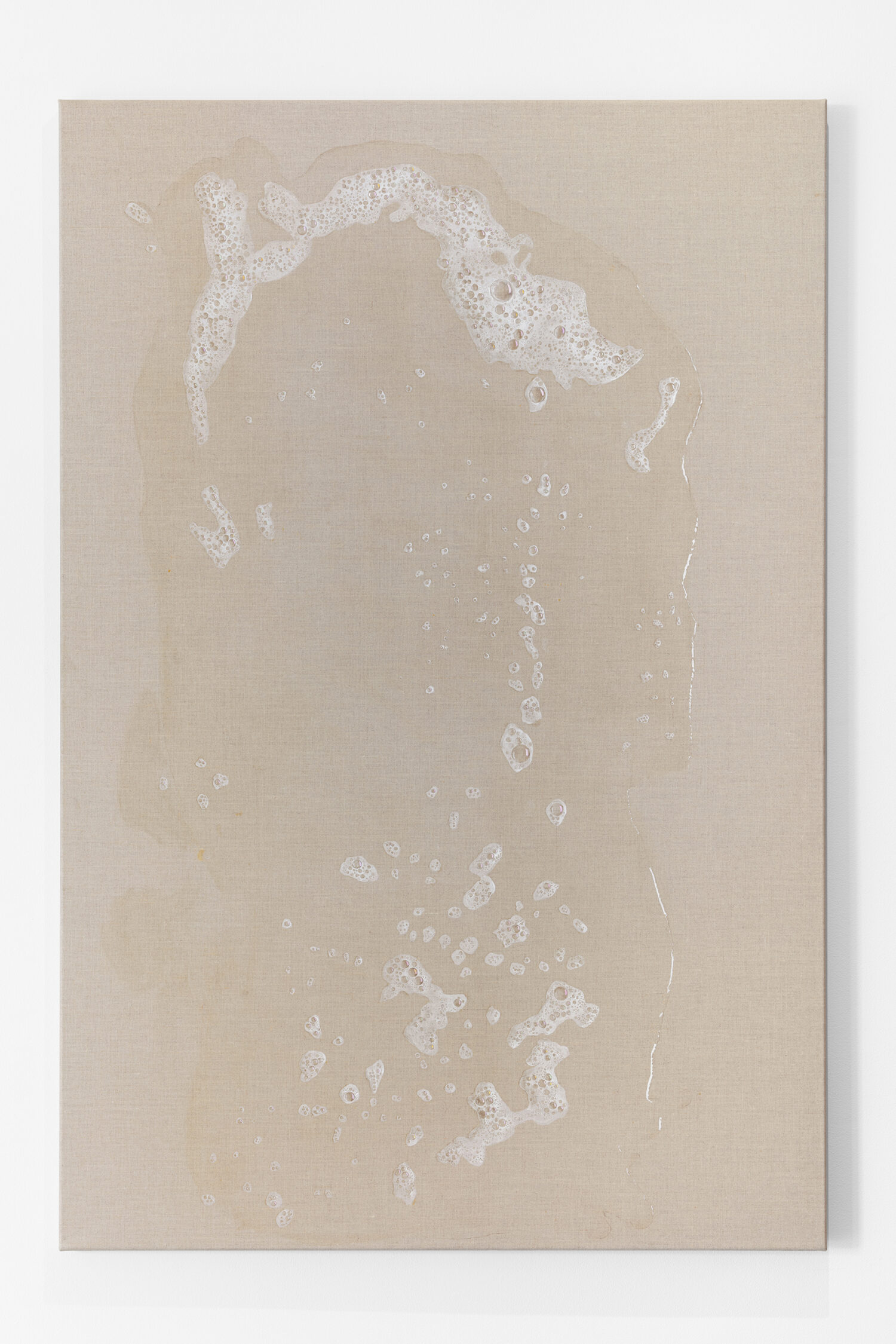
- Washing Liquid, 2018
- acrylic, watercolor, oil on linen
- 120 x 80 cm
Helene Appel
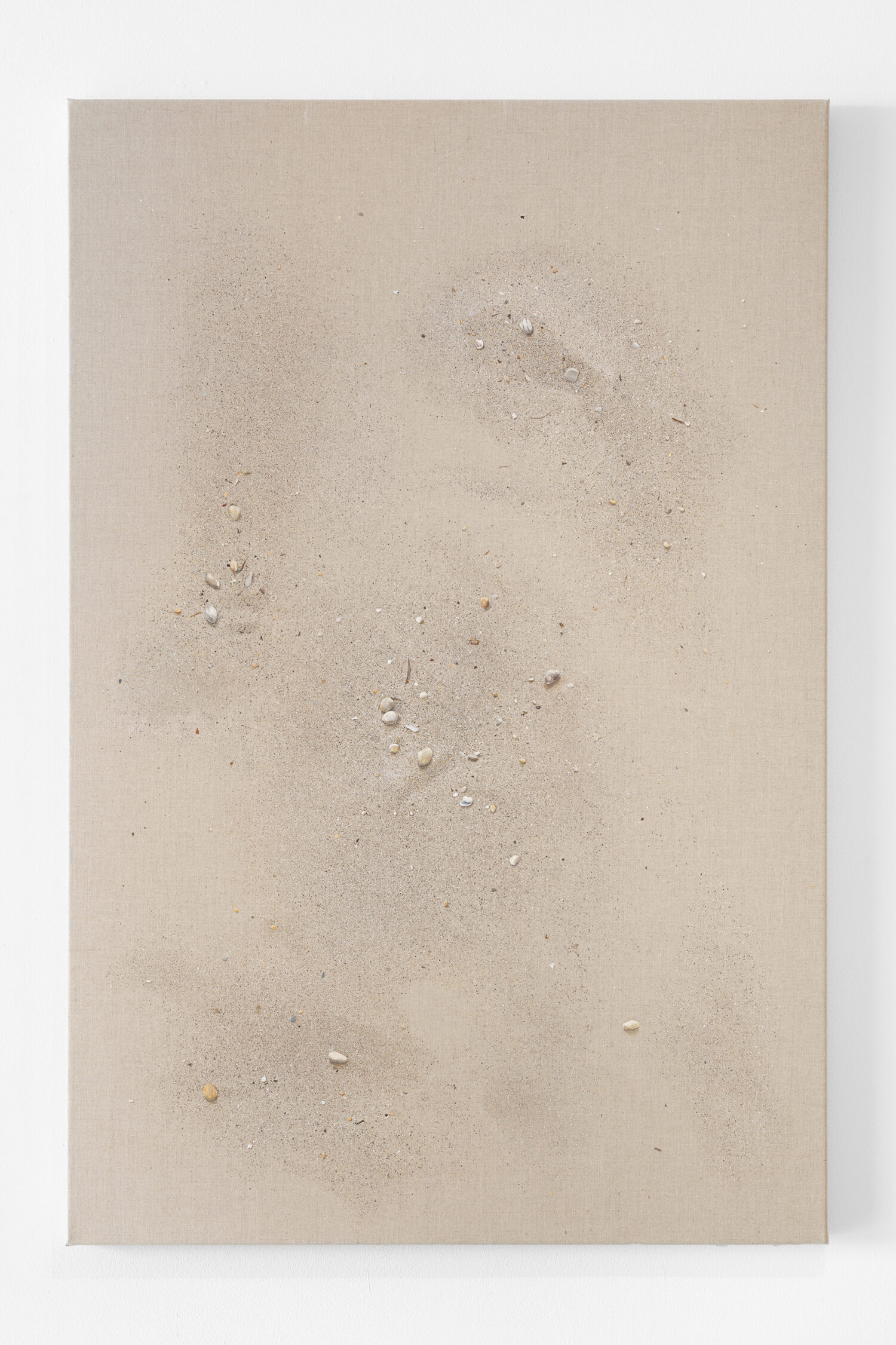
- Sand, Steine, 2020
- oil and acrylic and watercolor on canvas
- 110 x 73 cm
Nadia Guerroui
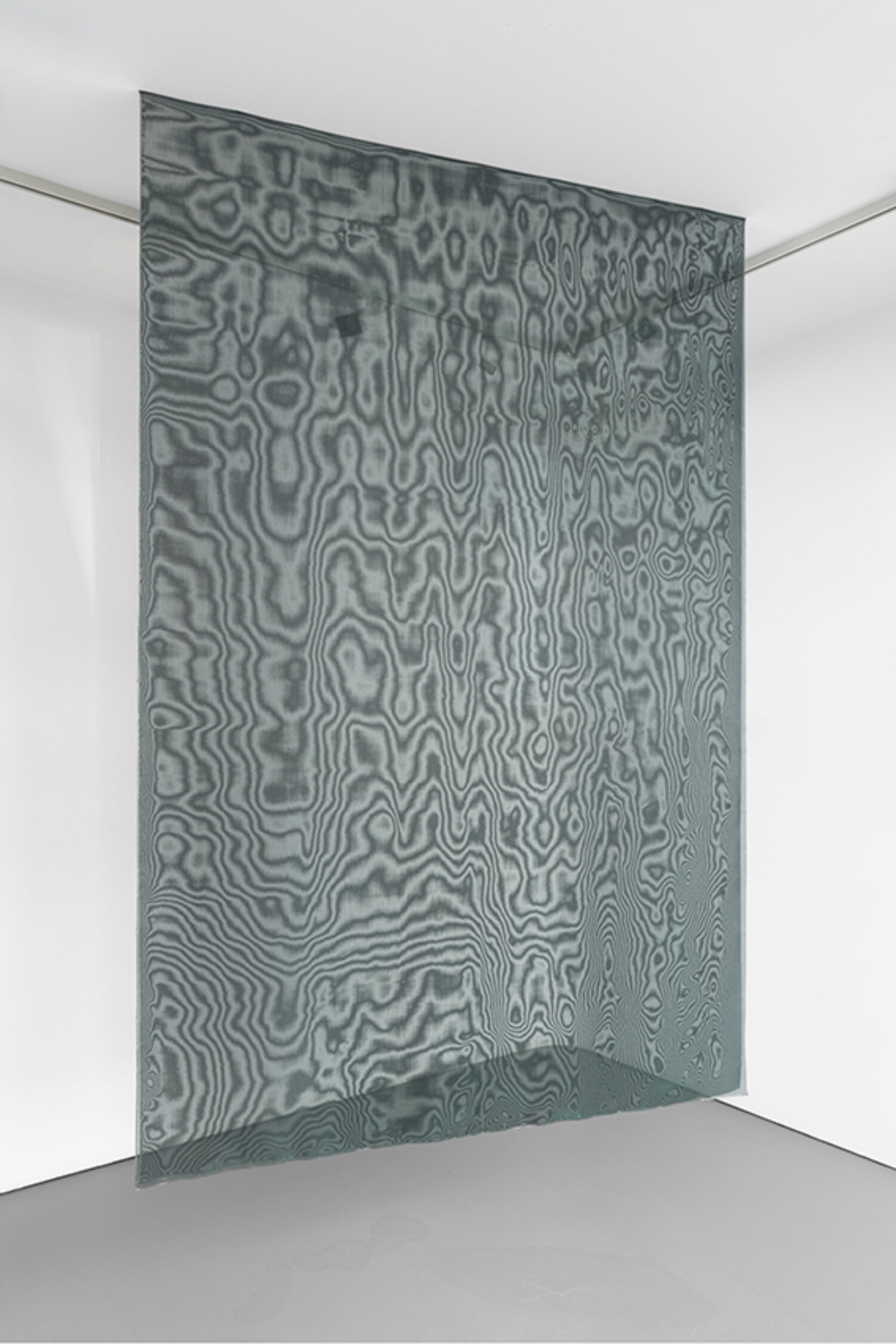
- Friction in Plain Sight VII, 2022
- Ambient white light, 2 layers of double-tone textile
- 265 cm x 165 cm
Nadia Guerroui
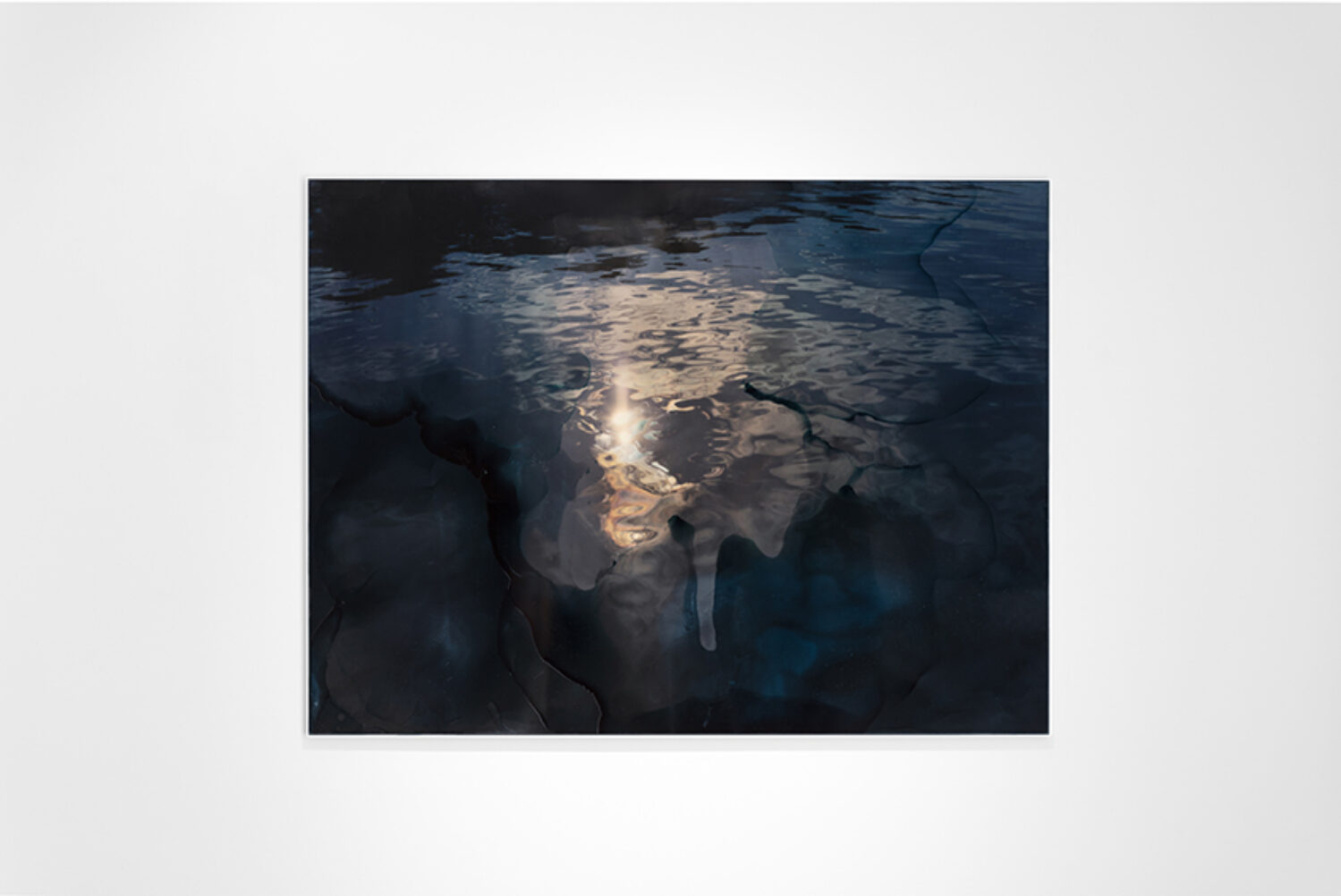
- To hold on and to let go, 2023
- Ambient light, glass paint and pigments on photo paper, mounted
- on forex 10mm, aluminum matt silver frame
- 102 x 136 cm
